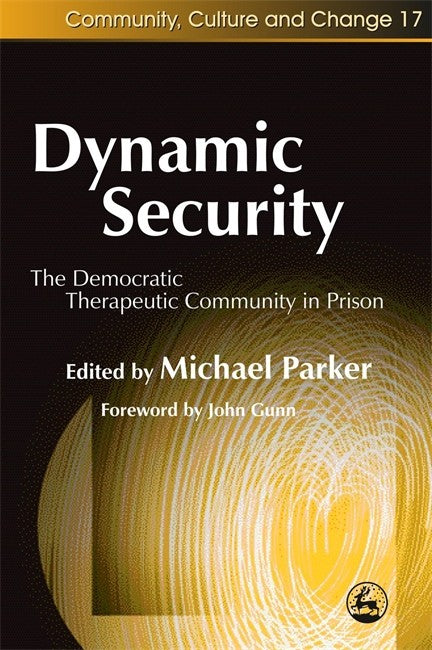Foreword, John Gunn.; Acknowledgements.; Introduction.; Part 1. Theory: Origins of Criminal Behaviour.; 1. Social Factors and Crime, Joe Murray, Institute of Criminology, University of Cambridge, Leonidas Cheliotis, Institute of Criminology, University of Cambridge and Shadd Maruna, reader in Criminology, Belfast University.; 2. Psychiatric Factors in Criminality, Jim Ormsby, consultant psychiatrist, Regional Forensic Psychiatry Unit, Fareham, Hampshire.; 3. Psychological Factors in Criminality, Jo Day, principal forensic psychologist, HM Prison Service Headquarters, London.; Part 2. History of Therapeutic Communities in Prison.; 4. The Historical Development of the UK Democratic Therapeutic Community, Tim Newell, former Governor of HMP Grendon, Buckinghamshire.; 5. Send: The Women's Democratic Therapeutic Community in Prison, Caroline Stewart, Head of Research and Development, Women's Team, HM Prison Service Headquarters, London and Michael Parker, Director of Therapy, HMP Send, Surrey.; 6. Serendipity or Design? Therapeutic Community History and Maxwell Jones's Theory, Dennie Briggs, clinical psychologist, USA.; Part 3. Method and Practice.; 7. Assessing Risk and Need in a Prison Therapeutic Community: An Integrative Model, Richard Shuker, Head of Psychology, HMP Grendon, Buckinghamshire and David Jones, wing therapist, HMP Grendon, Buckinghamshire.; 8. Supervision of Forensic Group Therapy, Michael Parker.; 9. Throughcare, Aftercare: What Happens After Therapy? Alan Miller, forensic psychologist, HMP Dovegate, Staffordshire.; Part 4. Psychodynamic Aspects: Inside Forensic Therapy.; 10. 'We used to make a football out of a goat head': Working with Young Offenders in a Prison Therapeutic Community, Teresa Wood, therapy manager, HMP Aylesbury, Buckinghamshire.; 11. A Schema for the Transition from Cruel Object to Tender Object Relations among Drug Users in a Prison Therapeutic Community, Ronald Doctor, Consultant Psychiatrist in Psychotherapy and Clinical Director West London Mental Health NHS Trust.; 12. Internal World, External Reality: From Fantasy to Reality in Violent Offending, Liz McLure, independent group analyst.; 13. Changing a Life Sentence into a Life, Judy Mackenzie, Director of Therapy, HMP Gartree, Leicestershire.; 14. Repeating Patterns: Sexual Abuse, Sexualised Internal Working Models and Sexual Offending, Michael Parker.; Part 5. Managing the Therapeutic Community.; 15. Governing Grendon Prison's Therapeutic Community: The Big Spin, Peter Bennett, Governor of HMP Grendon, Buckinghamshire.; 16. Directing Therapy in the Prison Democratic Therapeutic Community, Mark Morris, consultant psychiatrist, Kneesworth House, Hertfordshire. 17. Symbiosis: Therapeutic Communities within Non-Therapeutic Community Organisations, Roland Woodward, Director of Therapy, HMP Dovegate, Staffordshire.; 18. Security and Dynamic Security in a Therapeutic Community Prison, Kevin Leggett, Deputy Governor, HM Prison Service and Brian Hirons, Governor of Security at HMP Grendon, Buckinghamshire.; Part 6. Audit and Experience.; 19. Therapy from the Inside: Experiences from Therapy, Men and Women Users' Experiences of Therapy.; 20. Auditing pf Prison Service Accredited Interventions, Danny Clark, forensic psychologist, HM Prison Service Headquarters, London and Jan Lees, community therapist, Francis Dixon Lodge, Leicester. Conclusion. Subject index. Author index.
Request Academic Copy
Please copy the ISBN for submitting review copy form
Description
This collection of essays is primarily concerned with the position, place and processes of the ""Therapeutic Community"" (TC) within the Prison estate of England and Wales. This book is a welcome contribution to discussions about prison as a human(e) environment. It recognises that security and ""treatment"" (in a wide range of interpretations of this word) do not have to be considered to be competing demands on the prison resources.

